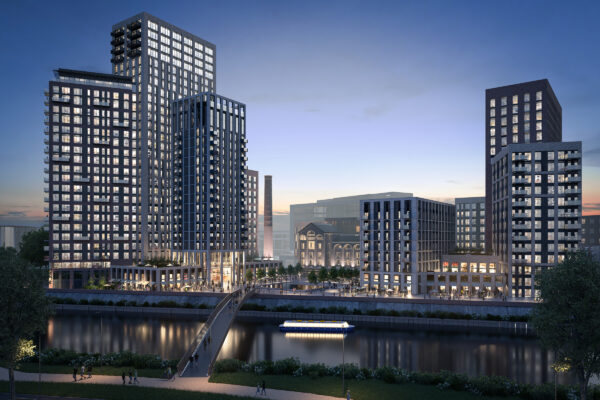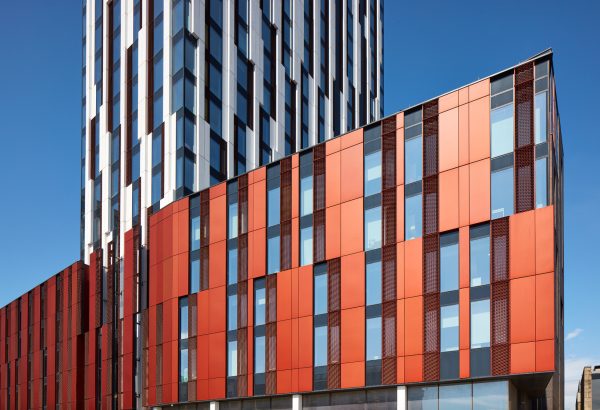
Why strategic site selection is essential for build-to-rent
With the UK’s Build-to-Rent sector experiencing rapid expansion, strategic site location emerges as a pivotal determining factor of success.
The availability of high-quality, purpose-built rental apartments in prime city locations is increasing competition for traditional privately rented properties. As the BTR market continues to evolve, there are several factors which determine the success of a BTR product.
Strategic site location
The choice of site location not just nationally or regionally but also micro-location within a city context for BTR developments is critical to its success, impacting its viability long-term.
A principal tenet for BTR developments is reducing resident reliance on private vehicles and, therefore, the required provision for parking. Site locations within easy reach of key transport links are extremely desirable, allowing residents swift and easy commutes as well as broader connection opportunities regionally and nationally.
In main regional cities, this can extend to close proximity to local transportation infrastructure. Manchester’s Metrolink, Edinburgh’s Trams or the emerging South Wales Metro can significantly expand the development potential of strategic sites outside of established core city centres.
Target demographics
Cities with buoyant job markets which attract a steady influx of professionals seeking high-quality accommodation are a good starting point when assessing the viability of new BTR schemes. Proximity to business districts, universities, government or technology hubs can help attract a strong tenant base. Cities with high student populations can also benefit as some students may opt for BTR accommodation over Purpose Built Student Accommodation (PBSA).
These are all contributing factors to a successful BTR development, with institutional investors often requiring a critical mass in terms of population to make these schemes successful long term.
Community integration
Local employment and transport infrastructure can help to draw prospective tenants to BTR living. While local amenities and services play a crucial role in the long-term viability of a BTR location, there is a reliance, to an extent, on the creation of ‘sticky communities’ with residents staying long-term and moving within the building or development.
Developments near or incorporating the potential for shops, restaurants, gyms, green spaces and healthcare facilities offer the continued convenience of the BTR lifestyle. BTR developments aim to develop communities through varied internal and external amenity spaces, and the contribution and integration of the building into the wider local community can also assist with the success of a scheme. The fabric of the location in areas with low crime rates, vibrant communities, cultural opportunities and safe, secure and friendly neighbourhoods are more likely to attract long-term tenants.
Constrained brownfield city centre sites are primary targets for BTR development and meet many of the requirements.
These sites are likely to be highly sought after, attracting higher values and potentially bringing with them a number of challenges around buildability, servicing and spatial requirements, as well as potential planning challenges and conflict with close neighbours. Locations that may be further out of the established city centre and earmarked for significant infrastructure improvement, urban regeneration or economic development offer an increased demand for rental property with the added opportunity for continued future development. Developers who strategically choose sites in these up-and-coming areas can capitalise on future growth, maximising long-term viability profitability.
The success of Build-to-Rent developments is intrinsically linked to the choice of site location: at city level, the area within the city, down to where the building entrance is situated. Access to employment, amenities, community and cultural facilities can help to attract future residents, whilst future growth potential and environmental and construction considerations can influence the appeal to funders and contractors. Developers who are aware of and can accurately assess the value and prioritise these factors in their site selection process will be well positioned in the growing BTR market.
